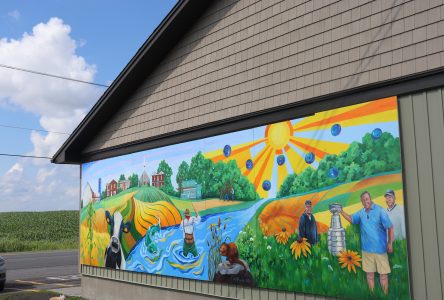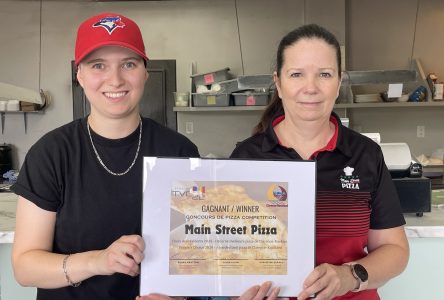The EOWC has released the recap of its annual meeting.
The Eastern Ontario Warden’s Caucus (EOWC) Newsletter went out on August 24 and was received by the United Counties of Prescott and Russell (UCPR). The newsletter reported on the EOWC’s annual strategic priority meeting held in March, during which the EOWC discussed the ‘7 in 7’ Regional Housing Plan, the Rural Housing Information System, and paramedic services.
The ‘7 in 7’ Regional Housing Plan is an EOWC initiative that proposes to build a minimum of 28,000 units over seven years across the EOWC region, with 7000 units as affordable community rental units, while the remaining 21,000 units will be incentivized market-rate housing units. The EOWC is working with KWM Consulting to develop a business case for the plan, and it has presented the plan to various provincial and federal officials, as well as the Eastern Ontario Mayor’s Caucus and regional municipalities across the EOWC’s area. The newsletter also mentioned that the ‘7 in 7’ plan will be presented to the Minister of Municipal Affairs and Housing Steve Clark, and the Associate Minister of Housing Nina Tangri, during the Association Municipalities of Ontario Conference.
“The EOWC wants to do their part to meet the Ontario government’s target of building 1.5 million homes by 2031,” the newsletter said. “The EOWC has the expertise of leading large-scale public-private regional projects. This bold regional solution would bring the private and public sectors together to build a mix of market and community housing.
The Rural Housing Information System (RHIS) is another method to affect affordable housing being developed by the EOWC. Officially launched in July, the RHIS is a digital data tool that aims to fill the information gap when trying to plan for and build housing in rural communities. It features a comparison tool that will be able to cross-reference housing, planning and GIS data from different municipalities, and it has the potential to scale up to cover all of Ontario.
“The tool will support municipalities, home developers, and non-profits in the planning and development of housing,” the newsletter said. “Interested municipal, private and non-profit parties in Eastern Ontario are encouraged to sign up on ROI’s website.”
The EOWC released a partial refresh of the 2019 Paramedic Services Situational Overview Report. The refresh is part of an effort between the EOWC, the Ontario government, and key healthcare partners to improve paramedics services, community paramedicine, and the overall community healthcare across rural eastern Ontario. The report contains an updated environmental scan, new five-year forecasts, and many strategic recommendations.
“In response to the growing pressure faced by paramedic services throughout the region, paramedic service was set as a priority for 2023,” the newsletter said. “The hospital offload delay needs to be fixed, community paramedicine programs require a provincial commitment to permanent and predictable funding, dispatch needs to be modernized to ensure the deployment of resources appropriate to 911 response and to support community paramedicine, and community college paramedic enrolment needs to be increased.”



